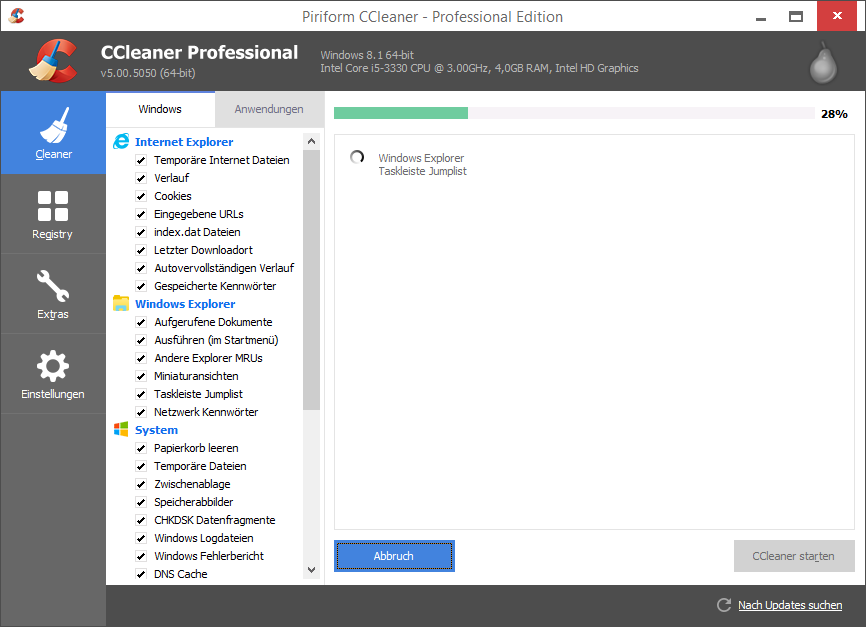
Le migliori app e strumenti gratuiti per pulire Windows 10 senza formattare: Total PC Cleaner

Come disattivare i programmi in avvio automatico? Semplice, una volta acceso il PC non devi far altro che arrivare alla schermata di Gestione attività, per bloccarli. Per riuscirci, puoi fare clic destro sul pulsante Start o sulla barra delle applicazioni e selezionare la voce apposita dal menu che si apre oppure puoi premere Ctrl+Alt+Canc
Total PC Cleaner
Si tratta di un pulitore gratuito che puoi scaricare direttamente dal Microsoft App Store e che offre diversi strumenti per lasciare Windows pulito e con più spazio . L'app analizza l'intero computer e ti consente di migliorare le prestazioni rimuovendo file non necessari, spazzatura e altri elementi indesiderati.
Innanzitutto, può eliminare i file memorizzati nella cache, sia dal sistema che da applicazioni, browser, email e persino file di Office. Permette inoltre di eliminare il contenuto della cartella Download, individuare file duplicati o particolarmente grandi da eliminare o eliminare adware eventualmente rimasti.

























